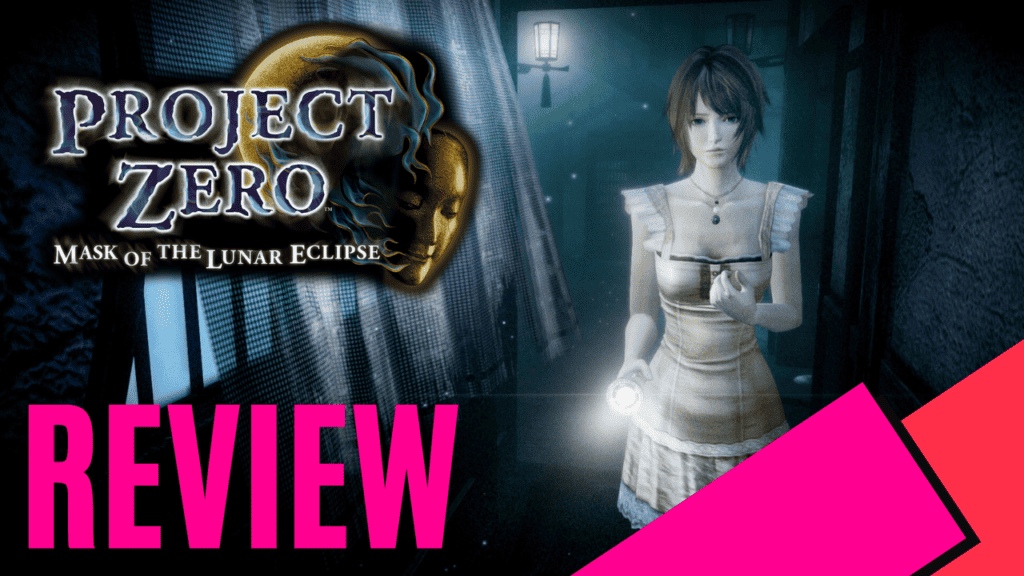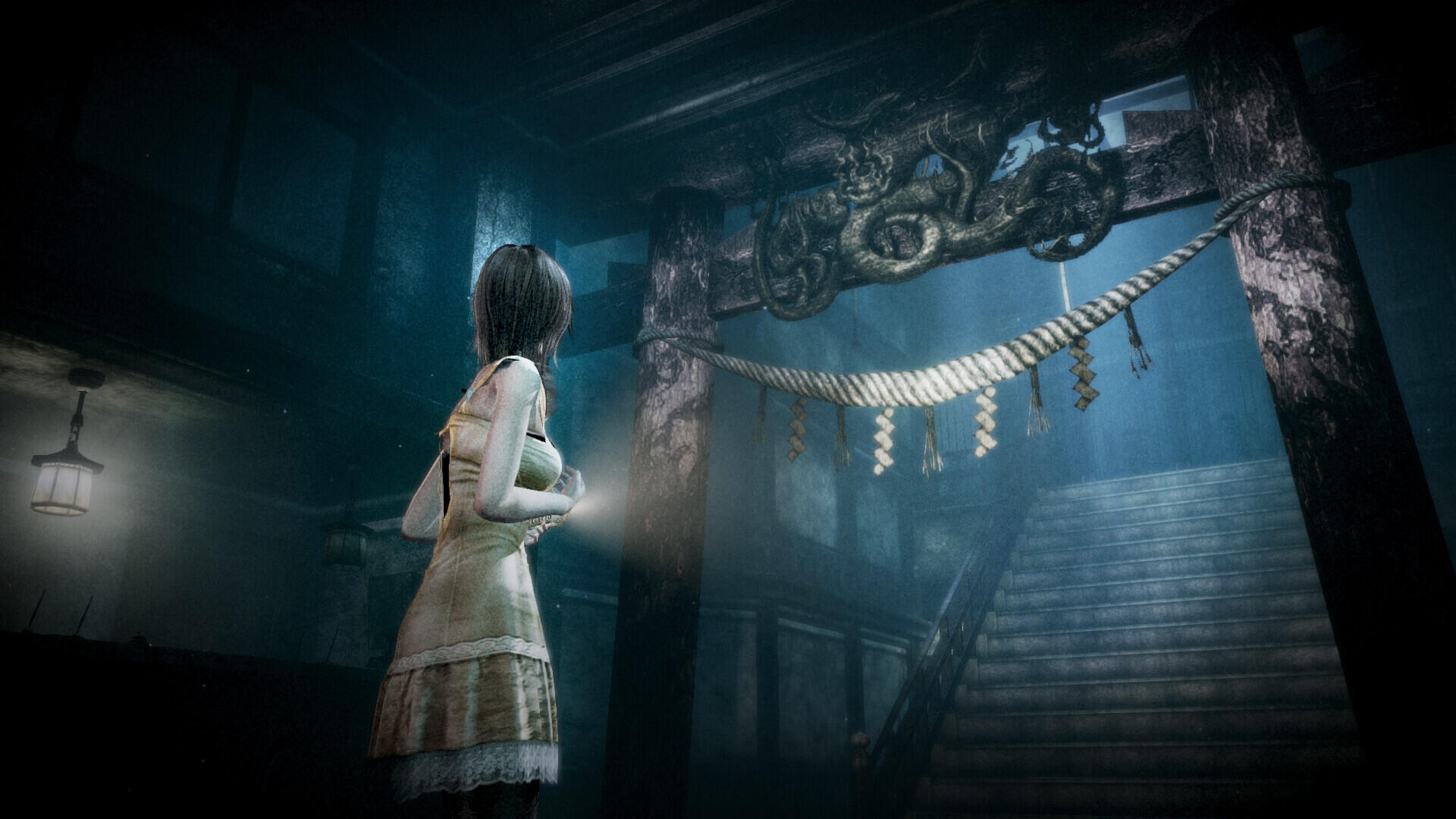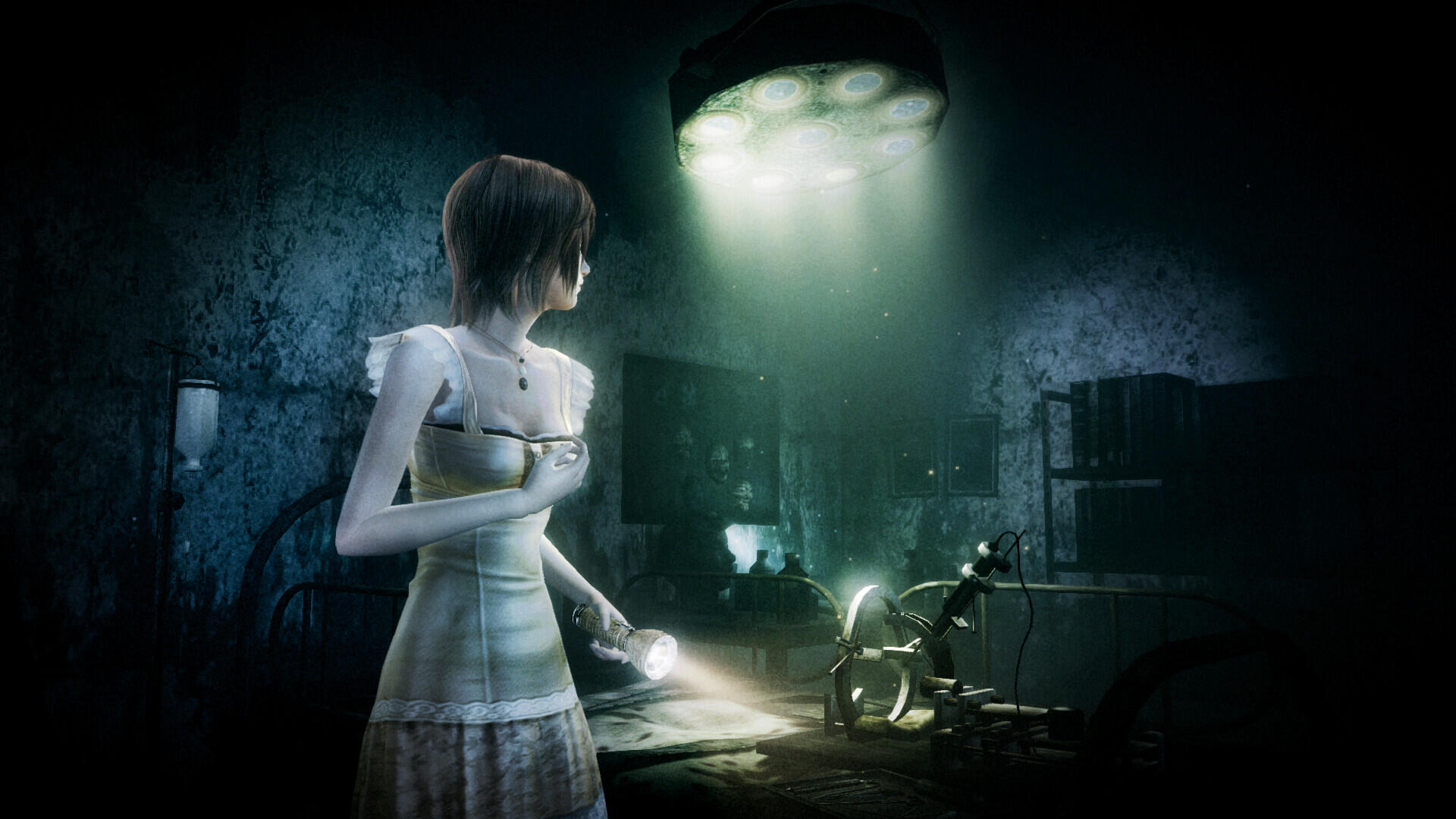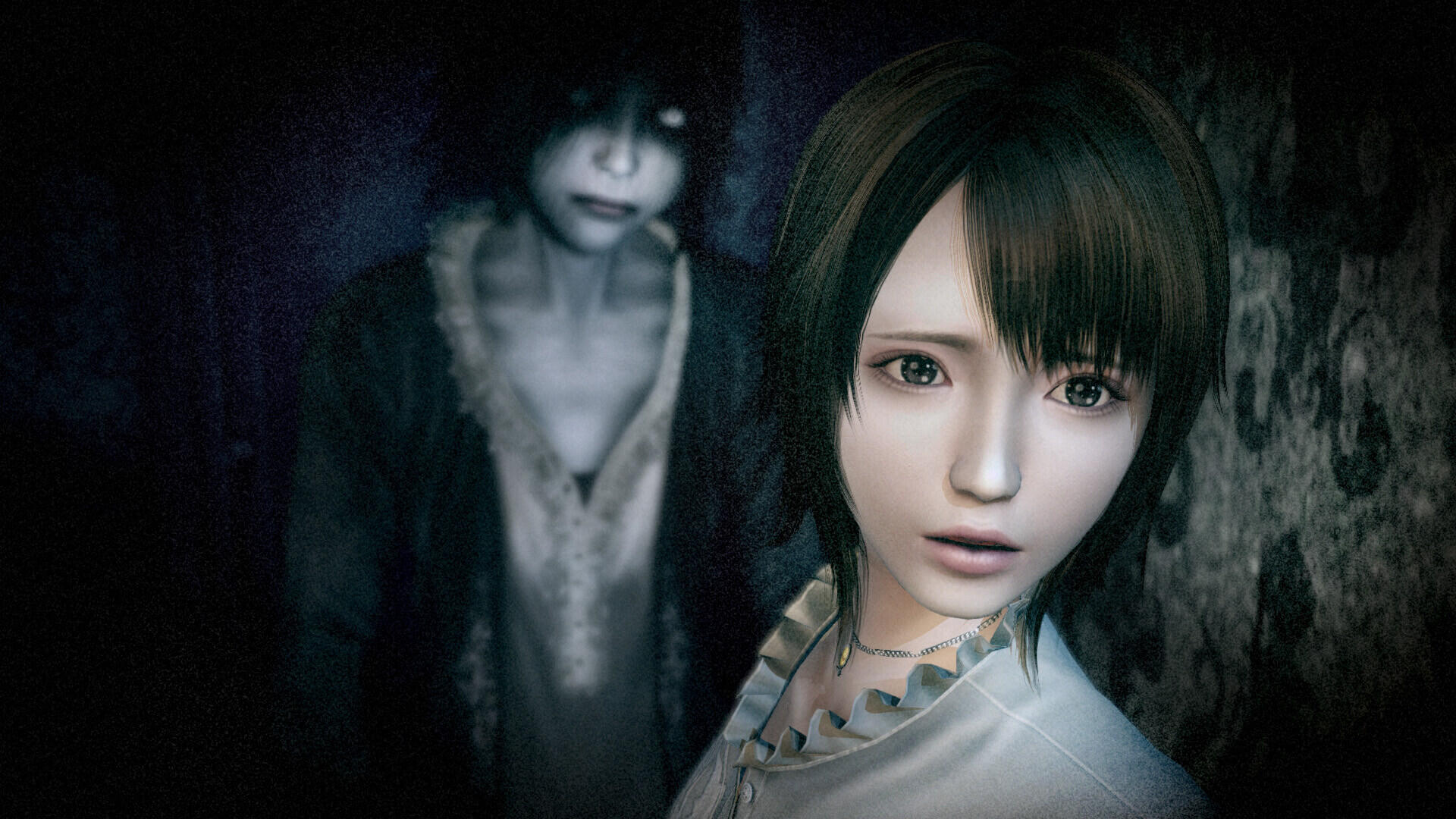
‘Project Zero,’ or as some may know it, ‘Fatal Frame,’ is a well-known Japanese horror series originally released in 2001, and it has had a few more titles released over the following years. I never had the pleasure of playing them when I was younger, as I wasn’t into horrors back then, but as I got older, and I guess more courageous, I grew to love them. Even though I might still scream like a child sometimes.
Developed by KOEI TECMO GAMES, Project Zero: Mask of the Lunar Eclipse is the 4th installment in the franchise, originally released on the Wii in 2008, and is now semi-remastered for all major platforms with graphical improvements, new costumes, and the new snap mode. You might be asking why I say semi-remastered, and you’ll find out soon enough as you continue to read.
Rogetsu Kagura is a festival held once every 10 years on Rogetsu Isle in southern Japan, however, during this festival, something mysterious happens and a group of girls disappeared. Thankfully, these girls were found, but they had lost their memories. Ten years later, several of the girls that had mysteriously disappeared were killed, one after the other.
Determined to solve the mystery, the remaining girls, Misaki and Madoka, travel to Rogetsu Isle. Misaki is one of the three main characters you play, and she is guided by the words of a girl dressed in black reflected in a mirror.

“You will return to Rogetsu Isle.” Not long after, Ruka, the second main character and one of the three remaining girls, follows them to the island. With only one connection to her past, a melody she plays, giving her fragments of her lost memories. Finally, we have our third protagonist, Coshiro Kirishima, a private detective on a case to track down a murderer, Yo Haibara, that appears to be linked to all this.
Throughout the game, most of the story will be told through the main characters using Japanese dialogue, and there’s no English option. Luckily, there are English subtitles, and all the notes you find are in English. The notes will tell you a much deeper story of the people, victims, nurses, and much more of what happened in this place. I found myself getting lost in and slightly creeped out by the surprisingly deep backstory.
Armed with the Camera Obscura for Misaki and Ruka, and a Spirit Flashlight for Coshiro, both with the power to capture and defeat the horrors on Rogetsu Isle, you’ll find yourself navigating through various locations using the faint glow of your flashlight, before quickly swapping back to your camera to ward off attacks from the ghosts. Throughout, you’ll be able to make this easier as you find blue and red crystals to upgrade your Camera Obscura and Spirit Flashlight, which includes fast film reload, faster charge time, more damage, and more. Along with those upgrades, you’ll also find lenses to better your fight, and these have effects like freezing the ghost, or a more powerful shot.

Fighting the ghosts isn’t as simple as pointing and clicking. For the Camera Obscura, you’ll need to point it toward the entity and wait for your charge to build. This is indicated on a circle in the center, the longer you leave it the more damage you’ll do, and when you’re ready, take the shot. Perfectly timing it when the ghost is just about to attack will cause a Fatal Frame dealing extra damage. Now for Coshiros Spirit Flashlight, this works a little differently.
Pulling power from the moonlight, you have to hold down your attack to power it up. The longer you hold it, the more damage you’ll deal, but firing rapidly will drain your power quickly and you’ll need to wait for a second for it to charge again. Both of these pieces of equipment can also be used to take photos, and these can be saved and viewed later if that’s your thing.
As mentioned earlier, I said semi-remastered, and this is one of my reasons. After getting used to the smoothness of today’s games it is sometimes hard to go back, and with this title, the controls feel very outdated, with movements that feel kind of blocky and sometimes unresponsive, especially when trying to get a quick snapshot of a ghost or picking up the item glistening at you. Even though the controls do feel outdated, you can also justify that it makes the game that little bit more suspenseful – If you’re not planning out your movements too well, there’s a high chance you’ll get snagged by a ghost. So you could say it adds to the horror aspect.

Graphically, it’s a bit of a mix-and-match, with a few graphical improvements, like improved character models and cutscenes. These look great and are very passable, and they have also improved the rendering of shadows and the beam of the flashlight to aid with your immersion that much more.
However, even though the resolution of the game has been increased, giving a sharper image in most parts, the rest of the game looks quite… How do I put this? Pixely at times. Not remastering the whole world in the game makes things feel inharmonious, but with that being said, it still has its moments where it made me jump and put me on the edge of my seat.
Horrific and Atmospheric is how I would describe the sound design of Project Zero. The screams and croaking of the ghosts, and the eerie music along with the random other sounds throughout really brings it to life. Or death, depending on how you look at it. For me, sometimes the audio was a bit too high-pitch with some sound queues and I had to quickly adjust my audio, which is easily done through the settings.
Project Zero: Mask of the Lunar Eclipse tells a great story for Japanese horror, and for that alone, I could recommend the game. However, the graphical improvements make the game feel mixed and matched, and along with the outdated controls, it could be a little challenging to get the hang of it again.

The Good
- Great story with plenty of back story to find and appreciate
- Scared me a few times
- Horrific and atmospheric sound
- Project Zeros / Fatal Frame's unique combat system with Camera Obscura and the Spirit Flashlight
The Bad
- Controls feel outdated
- Graphics are a bit mixed and matched








